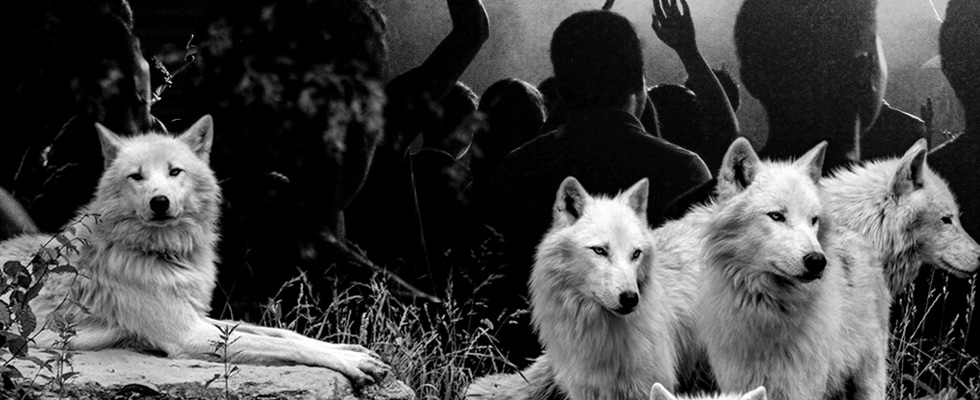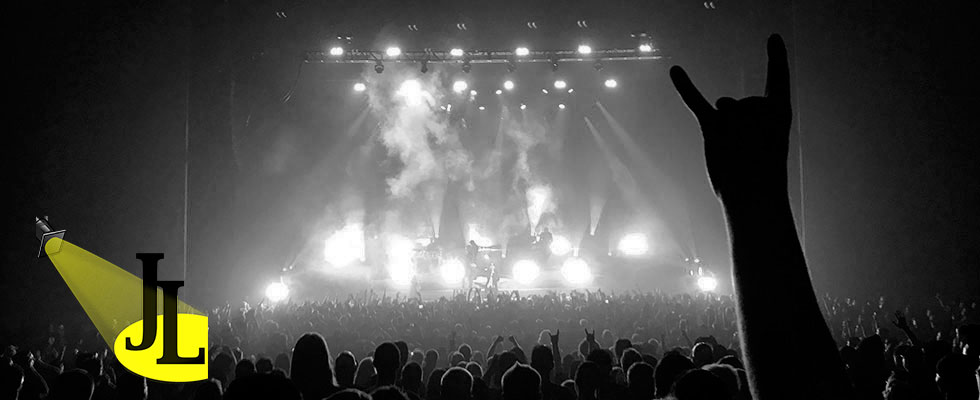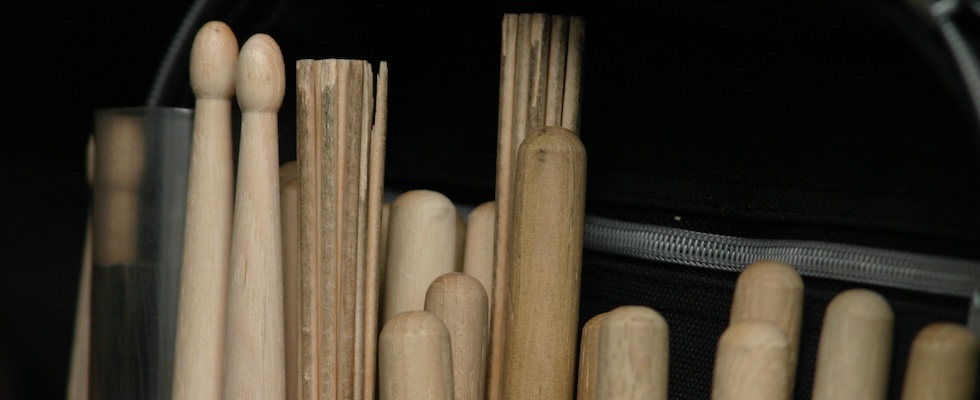
Keeping up-to-date with current, trending, and fresh music is part of my current role with Virgin Voyages. Our ships support over 100 different styles and genres of music. Everything from Anthemic Pop to Disco House, R&B, Eclectic Soul, and Balearic just to name a few. Add in the fact that Virgin has always been about “what’s next” as opposed to “what’s now” and the task to constantly discover emerging talent across a vast music landscape becomes quite a challenge. Fortunately, we live in a world of machine learning, algorithms, and data science which makes handling my unique quest that much easier.
I switched over from Apple Music to Spotify when I started with Virgin and immediately put together a plan to utilize their unique machine learning system to my advantage. To be 100% transparent, I am not a programmer so I will not go into depth regarding the technical aspects that drive their bots. I encourage those of you interested in the mechanics of Spotify’s machine learning to visit their Engineering R&D website. Here you will learn about their multi-armed bandit framework that drives recommendations for 248 million users and over 50 million tracks.
In the most basic explanation, Spotify’s machine learning engine uses a collection of variables from your involvement with their platform. This includes your likes, the albums you save, playlists you like, artists you follow, search history, browsing history, how long you listen to a song, and the playlists you create to feed their suggestions. These recommendations come in a number of formats. You really see this going down from the app’s Home Screen where you will find auto-propagated playlists just for you called Your Daily Mix 1-6, Your Discover Weekly, and Your Release Radar. The app will also suggest playlists and artists related to your past browsing history. These are usually titled For Fans of X, More of What You Like, or Based on Your Recent Listening. In addition, these parameters will feed the various Radio channels you can run from an Artist, Playlist, or that automatically follow when you finish an album as well as the recommendations you receive to add tunes to playlists you have created.
Here is the secret to making these recommendations work for you.
You have to actually listen to music and build your own library. This includes liking songs, following artists, saving albums, liking playlists, and creating and updating your own playlists regularly. This information is vital to the machines operating behind the scenes because it gives them parameters to follow. Bots don’t necessarily know that Cory Wong, Vulfpeck, and The Fearless Flyers sound similar. They do know that they likely fall into the same category, have similar BPMs, and are statistically liked by the same types of fans. So when you like or follow Cory Wong the machine learning guesses (likely with the statistical certainty of 95% or better) that you would also like Vulfpeck. As you like, follow, and save more artists, the machine uses serious math like regression analysis to predict what you will like going deeper into the Spotify database of tunes.
I have been following a systematic approach designed to feed this style of predictive analytics. First and foremost, I listen to a LOT of music (hours upon hours daily). As I listen, I like songs that capture my attention. I go through my Liked Songs and explore each track further at the end of the week. As I go through these liked songs, I may listen to additional tunes by the artist, and if I dig what I hear. I may follow them. I might explore recommended artists and playlists associated with that act and like a few songs for further review. I then choose to either categorize the saved songs to one of my many playlists and closeout by unliking the track. Those that made the cut are now in my library, which I assume is given more weight by the spot-bots.
This process has served me quite well for a number of reasons. For one, I am all over the spectrum when it comes to music consumption. I may listen to Deep House at the gym, Hip-Hop Jazz on a walk, the Billboard 100 on a drive, and French Pop while I do the dishes. Liking and moving on while I criss-cross genres allows me to enjoy the tunes and not become overwhelmed by a bot just throwing limited options at me. Reconciling those likes at the end of the week allows me to give those songs a second listen and, if warranted, spend the time exploring the artist, style, playlist, or vibe a bit more. The recommendations I have been receiving in My Daily Mixes are strong evidence that my process is working. I continue to find new tunes and artists to explore along with the re-discovery of tracks that are not limited to any particular era or genre.
In all of my years of consuming music – from LPs to cassettes, CDs, and digitally. I have never had such an eclectic selection of music that consistently piques my fancy and inspires further exploration. The recommendations aren’t always perfect and I would never give bots 100% control over what I choose for programming needs. However, machine learning helps me wade through the long-tail supply that has become music streaming.









